Radon and Methane Mediation
Protecting Buildings from Harmful Elements
Radon is the radioactive and naturally occurring substance that resides beneath the earth. The Radon mitigation process involves installation of PVC piping that draws from under the slab of the building and exhausts through the roof.
On sites prone to methane collection, such as landfills, Zander Solutions installs unique systems that use a spray applied membrane to a geotextile fabric or a sheet applied membrane to prevent methane from entering the building through the foundation slab.
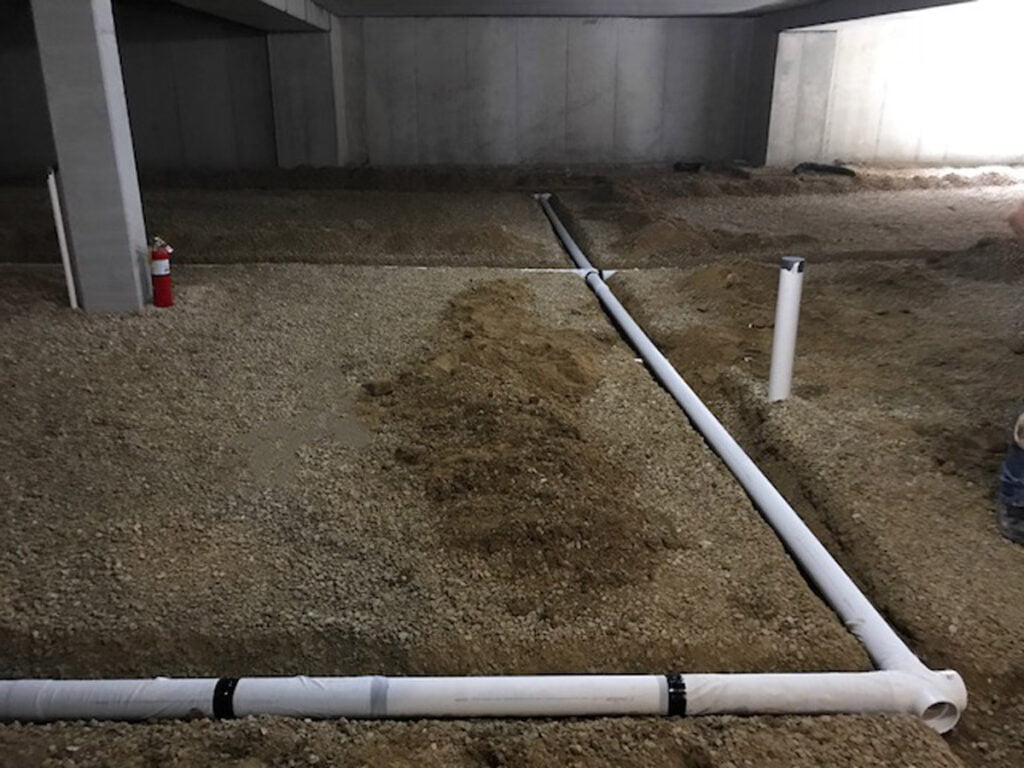
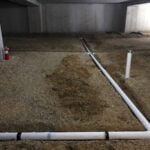
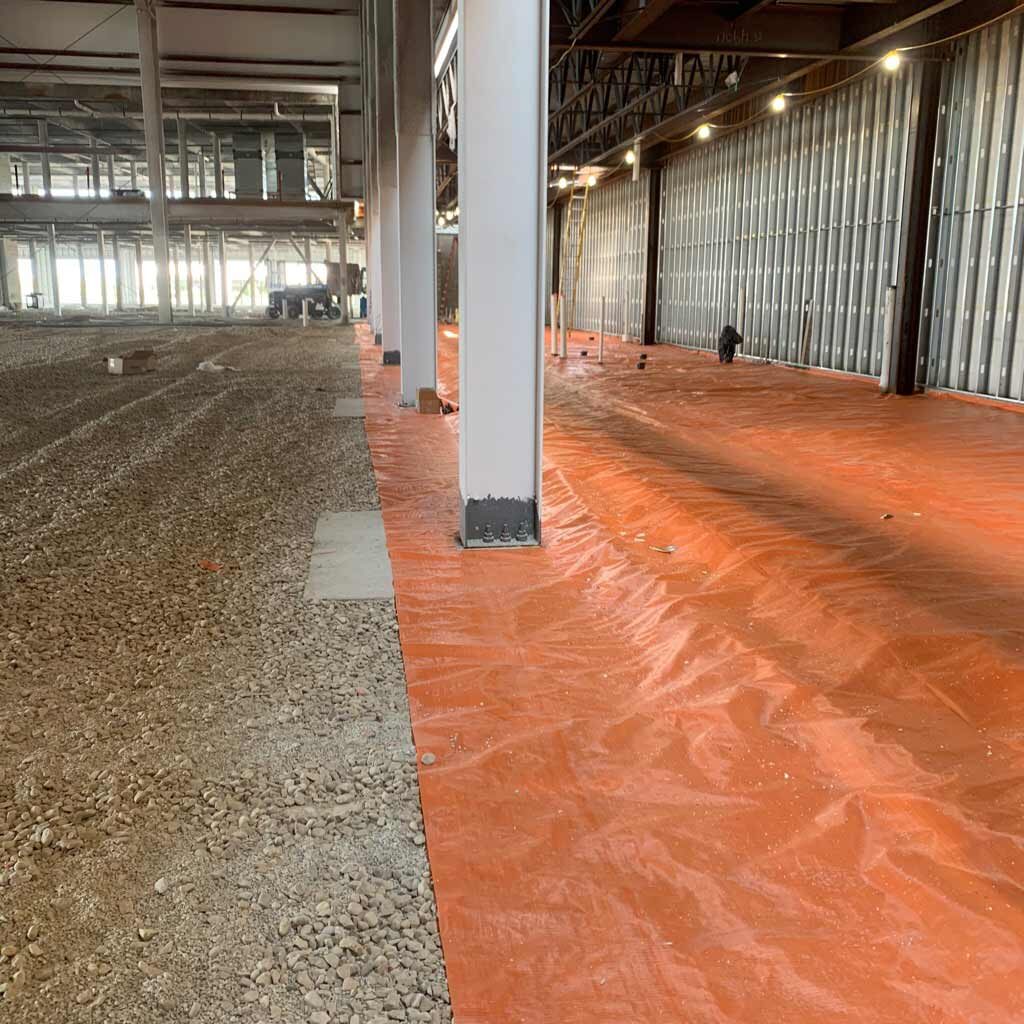
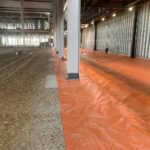
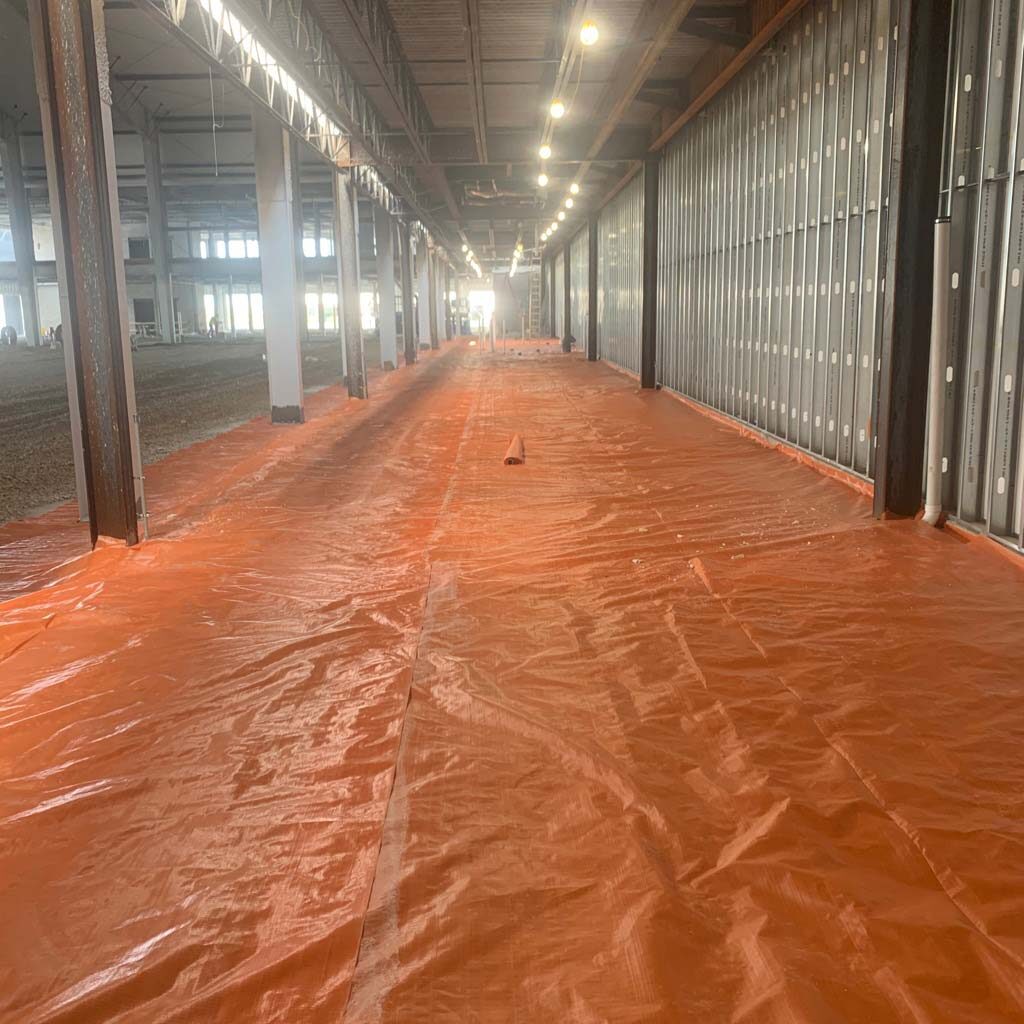
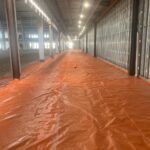
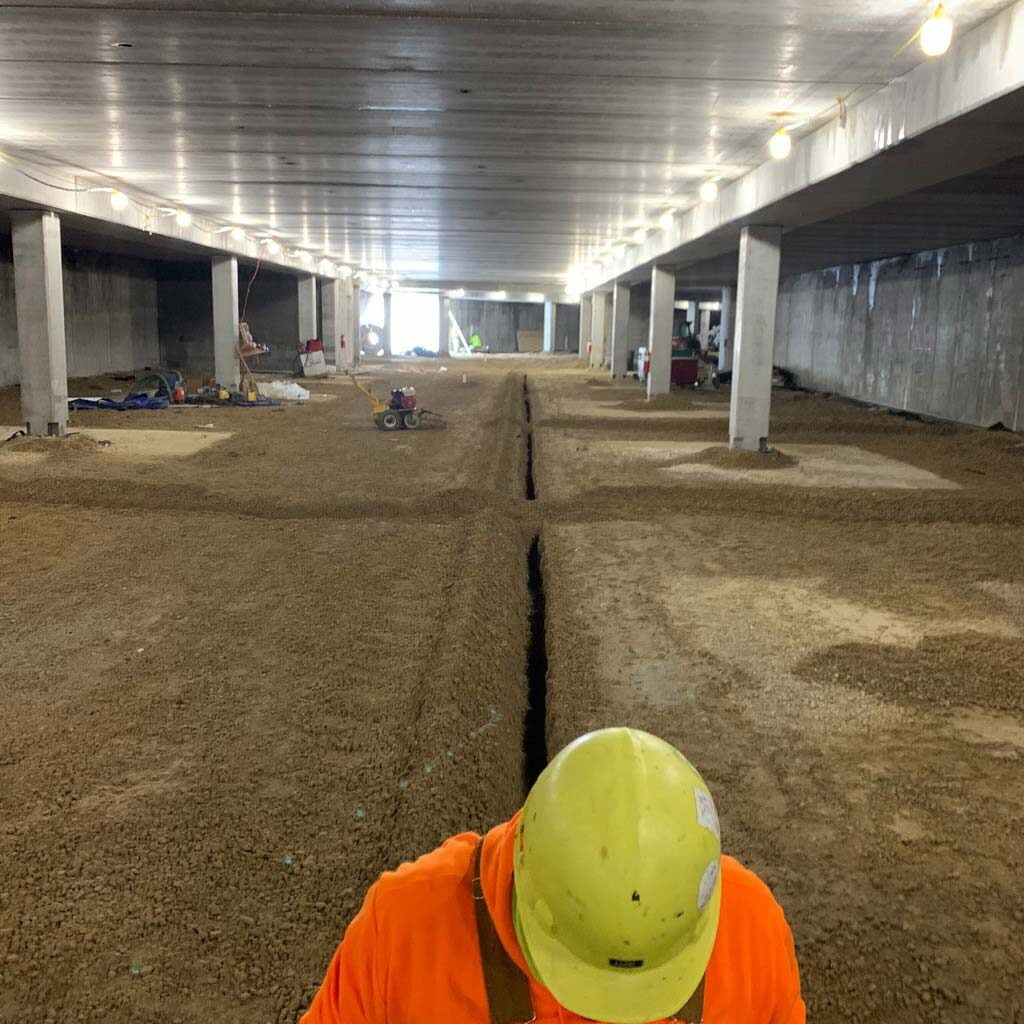
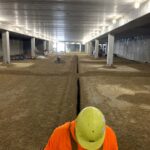
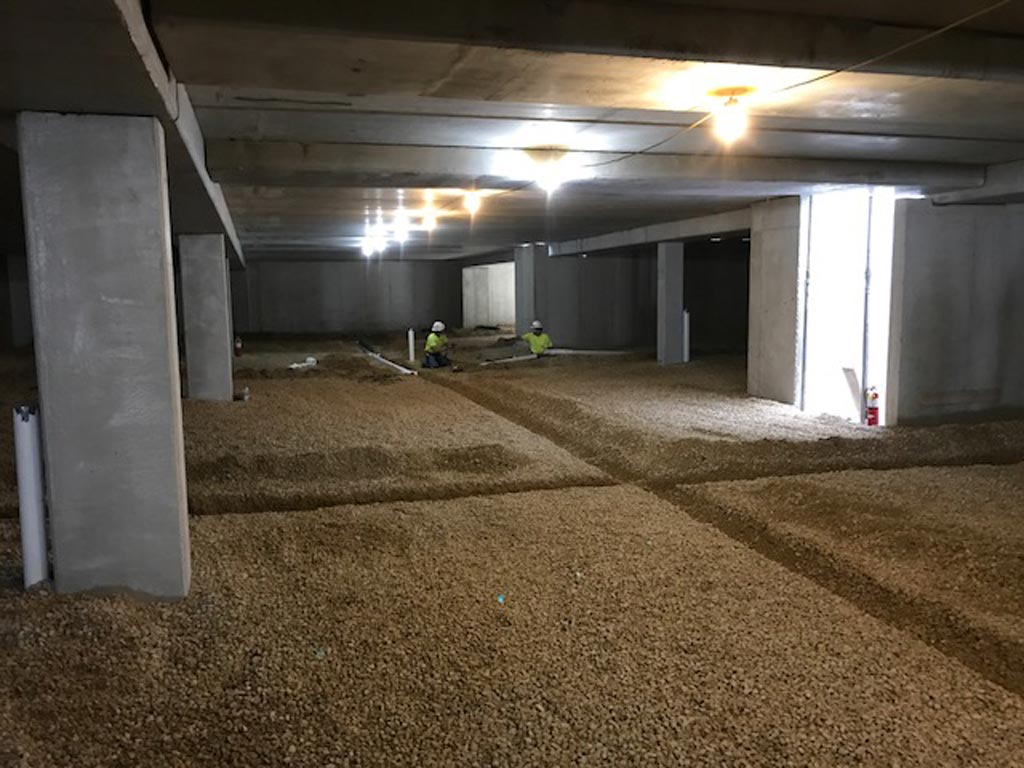
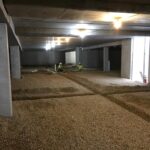
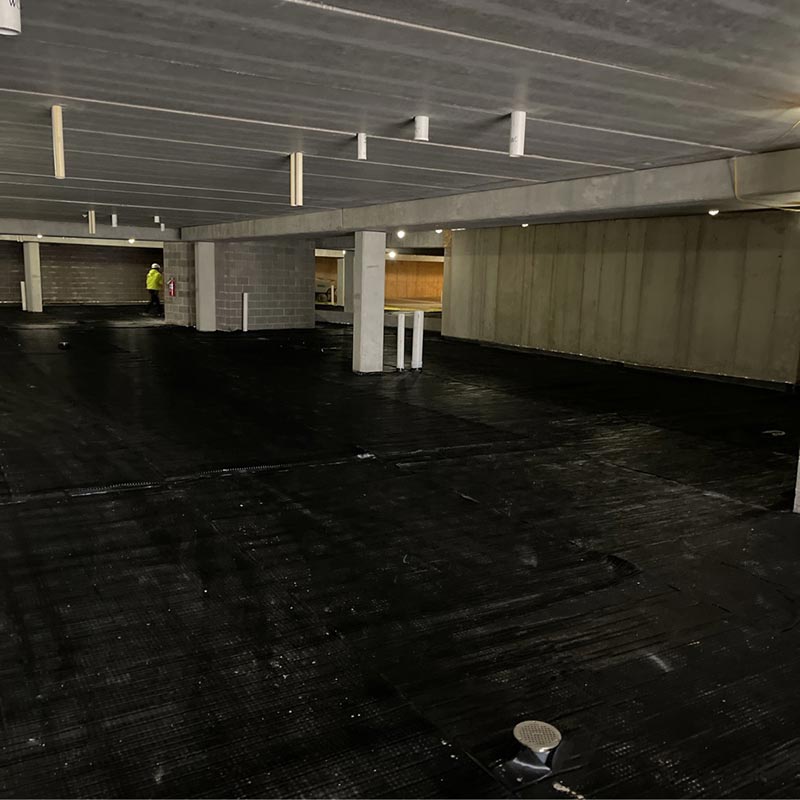
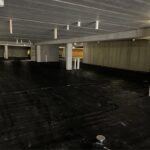
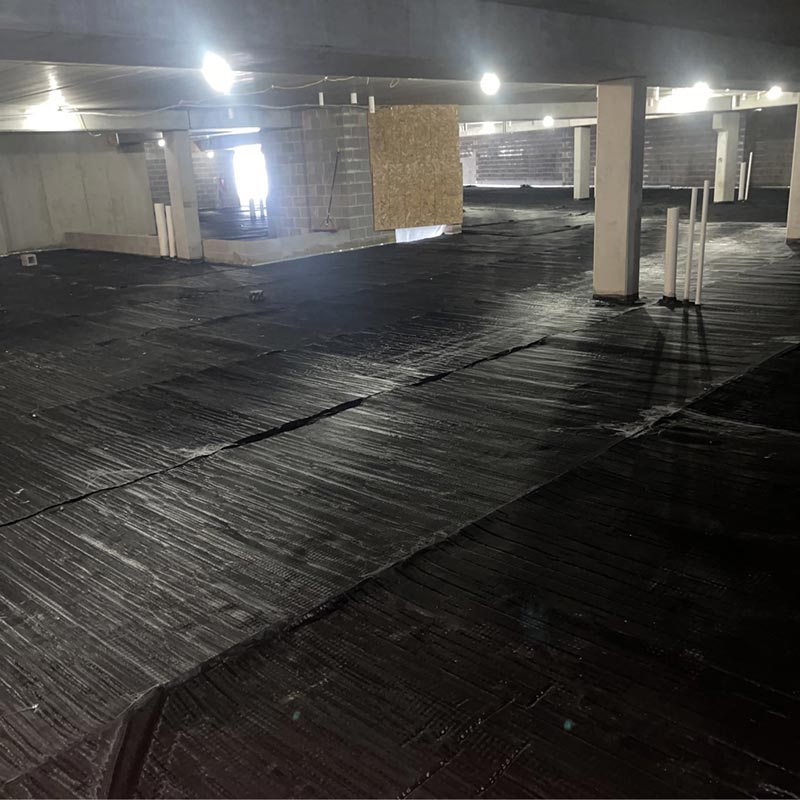
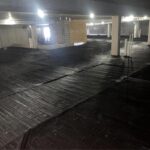
RADON
Mitigation Systems
There are numerous entry points for radon gas to enter the building. Active soil depressurization and passive soil depressurization are the two most common methods of radon mitigation.
COMMERCIAL CONSTRUCTION
Radon and Methane Mitigation
Radon is dangerous radioactive gas that can seep into your building through foundation cracks, sump pump pits, floor drains. If high levels are detected a mitigation process is required.
• Radon is the #1 cause of lung cancer for non-smokers.
• Radon is found in particularly high amounts in specific areas.
A methane mitigation plan is a comprehensive design of a system that eliminates the hazards of methane soil gas intrusion into buildings. For instance, new structures above historical oil fields, landfills, or soil contamination areas require a methane mitigation design to ensure the safety of occupants. Methane may show greater levels due to an active, closed, or former landfill, wood waste, subsurface organic debris, or other methane-producing sources. Generally, the design parameters of a methane mitigation plan are a reflection of the results of a methane soil gas test.